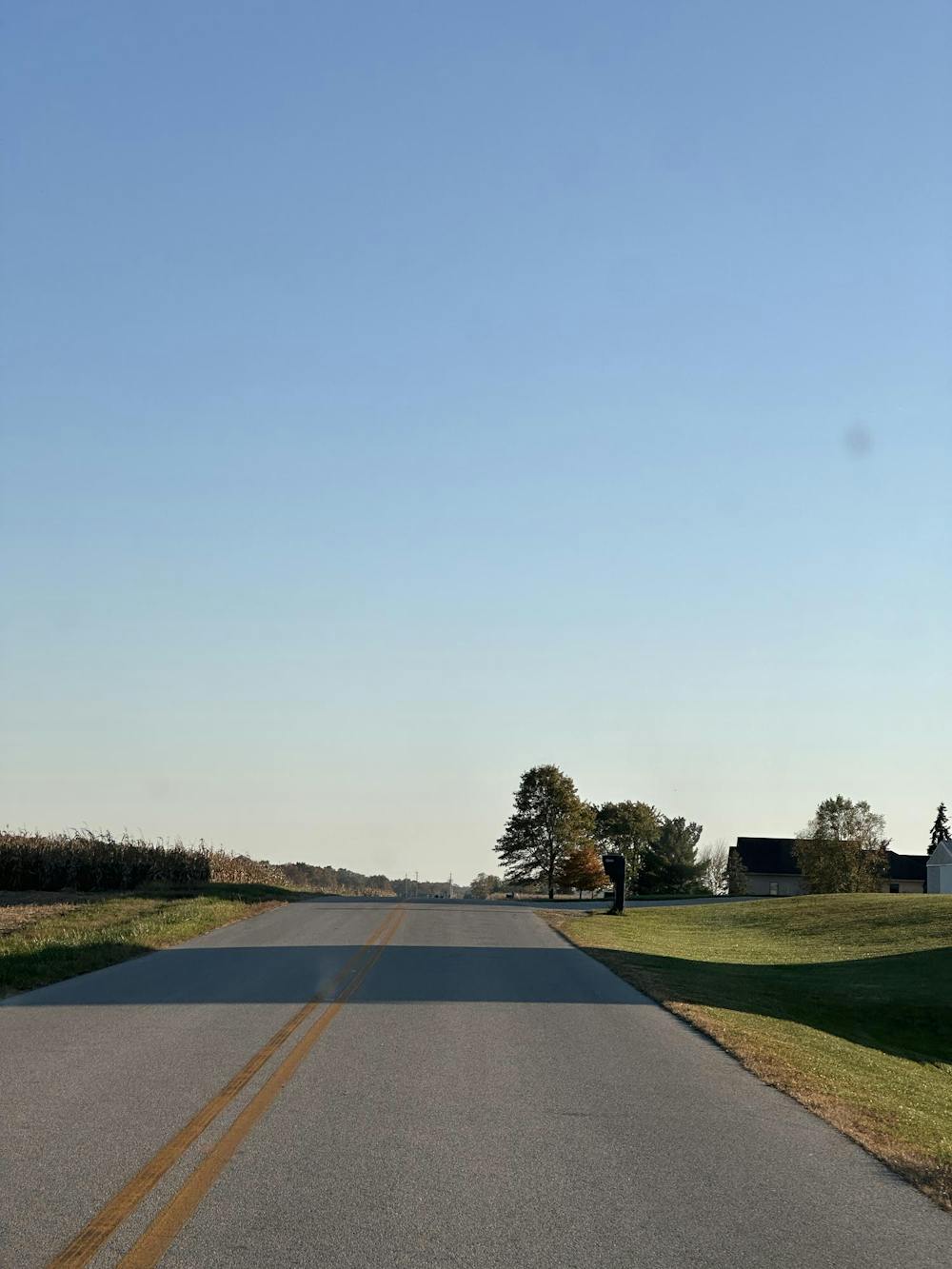There’s another Trump Tower.
It’s only known to a few thousand Ohioans. It embellishes the otherwise relatively flat lands of Mercer County, Ohio, where 81% of its 42,000 residents voted for Donald Trump in 2020 and 80% in 2016.
For the rural town of Coldwater, Ohio in Mercer County, a looming “Trump-Vance” sign stretches across a water tower. The tower is privately owned, so it’s not pushing political identities on the town’s 4,500 residents. Nonetheless, it is representative of the region’s heightened GOP fervor.
This neck of Ohio prides itself on a strong emphasis on manufacturing, farming, healthcare and manufacturing, which have become central points for the presidential candidates this year on the economy. The water tower also shows the amplifying intensity of the election's greatest geographical contest: flyover country.
Flyover country is commonly defined as the swaths of the United States connecting the East and West Coasts, with a particular emphasis on the greater plains, midwest and Rust Belt states, such as Missouri, Nebraska, North Dakota, South Dakota, Ohio, Indiana, Wisconsin, Iowa and Pennsylvania.
When I was an intern this summer in Pittsburgh, reporting on business stories, updates on the 2023 East Palestine train derailment and the assassination attempt on Donald Trump, I learned that the issues mattering to Pennsylvania voters convey America’s political pulse and are murmured throughout flyover country.
Everyday Western Pennsylvanians told me throughout several stories their concerns for America and the election. Mainly, their worries reinforced the understanding of what actually matters to Americans: the price of gas, cost of groceries, taxes, abortion, immigration and how America’s representation on the world stage.
Pennsylvania is the sixth largest economy in the US, boasting the second-largest natural gas reserve (production) in the country, over 140,000 employed in the food, beverage and production’s $38 billion output and growing numbers of technological developers in AI and robotics.
The industries and developments in Pennsylvania primarily root its concerns to economics, energy and industry, all of which remain crucial for Donald Trump’s platform of economic emphasis throughout all of the Rust Belt.
With these factors in mind, there’s potential for flyover country — as a culmination of Wisconsin, Michigan and Pennsylvania, with a combined 44 electoral votes — to determine the election and choose the president-elect with unity and with undoubtedly narrow margins.
But the most recent polls in Pennsylvania have found the two candidates to be even at times or leaning to either side of the political aisle within a few percentage points. At the time I'm writing, the state is projected to be the crucial key in unlocking either candidate’s win with its coveted 19 electoral votes defining flyover country’s importance.
The election also hinges on Wisconsin and Michigan, which behave in a way similar to Pennsylvania: they went blue in 2020, but all three went red in 2016. In 2012, blue. In 2008, blue, again.
On that note, based on the current polls, Kamala Harris would be the president-elect. At the time of this writing, she is leading in Michigan and Wisconsin by less than one percentage point. If those three states remain a unifying force of blue, she will win the election with the exact 270 required electoral votes.
The slim lead, of course, could be overridden by an influx of votes for Trump, who has continued to push for Rust Belt support. However, if flyover country presents itself as a unified front, like it has for the past four presidential election cycles, then it’s more likely that the blue-leaning and midwest states of Wisconsin and Michigan could point to a Harris win.
Regardless of the election’s outcome, the votes in flyover country states will most likely take days to count. Fortunately, Michigan has allowed its election workers to begin tabulating votes over a week before polls close.
For now, all eyes rest on Pennsylvania.
Redmond "Reddy" Bernhold is The Observer's opinion editor and a senior studying biochemistry and journalism. He originally hails from Minster, Ohio but calls Siegfried Hall his home on campus. When not writing, he explores South Bend coffee shops and thrift stores. You can contact Reddy at rbernho2@nd.edu.










